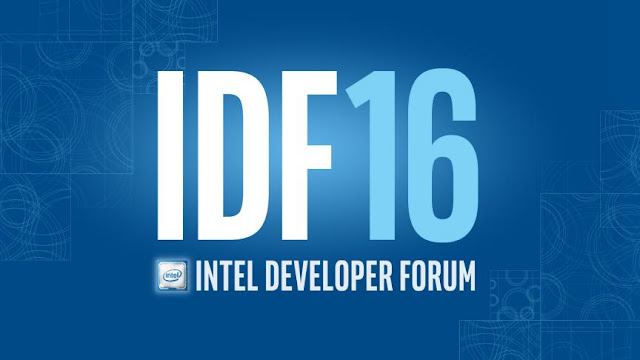Amazon is teaming up with Intel for a smart speaker reference design with Amazon's Alexa voice assistant. The speaker will be based on what Intel calls Form Factor Reference Designs (FFRD). Essentially, FFRD is a ready-made modular board design of the board layout that can be placed into a design frame, thereby cutting down the time of development substantially.
The retail giant's collaboration with Intel will allow partners to build new devices with Alexa using Intel-based smart speaker FFRD due in the first quarter of 2017. Amazon wants to expand its voice-based digital assistant's reach, and this partnership will enable third-party developers to bring out a variety of smart home products with Alexa on board.
Amazon AVS content marketing manager Ted Karczewski announced the collaboration in a blog post, "Amazon and Intel see a tremendous opportunity to bring the benefits of a personal voice experience to millions of new consumers and are collaborating to encourage developers and device manufacturers to extend natural voice interaction to more products via Amazon Alexa."
Both Amazon and Intel are focusing on expanding their network to fully integrate into the home. For Amazon to do this, the company knows it cannot restrict Alexa to its own products like Echo - and Alexa Voice Service has been open to third-party integration since last year. Further to than end, Amazon on Thursday also announced a new product called JAM Voice.
JAM Voice is a Wi-Fi and Bluetooth-enabled portable speaker that features touch-activated integration with the Alexa Voice Service (AVS). The AVS can essentially put Alexa inside a range of smart devices.
The first FFDR will offer accelerated development of Alexa voice-enables smart speakers on Intel's architecture. It will also support Wi-Fi, Zigbee, Z-Wave, and Bluetooth to allow full connectivity in the home.
Additionally, Amazon will also release a Software Development Kit (SDK) for the reference design that will let manufactures incorporate voice and video capabilities into their products, Karczewski said.
Source: Amazon











